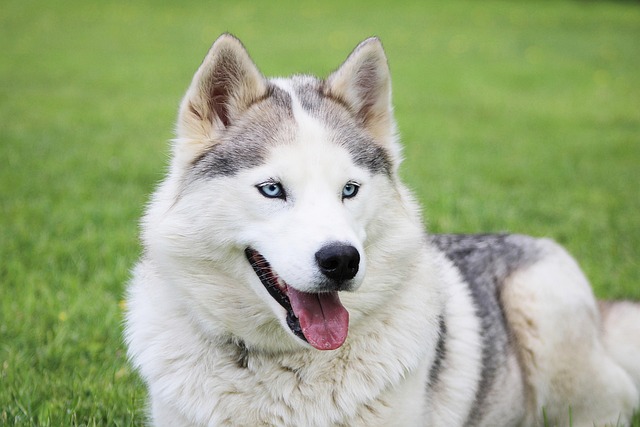
How do i train my dog to be obedient?
Watching your dog dart across the park ignoring your calls isn’t just frustrating—it can put them at risk near busy streets or public spaces.
Imagine you're hiking through the beautiful trails of Oregon with your adventurous Labrador, and suddenly they spot a deer in the distance. Your heart races as you call their name, praying they'll turn back to you instead of chasing into the woods. This scenario is every dog owner's nightmare, but with the right recall exercise, you can build a reliable response that keeps your dog safe while strengthening your bond. The single most effective recall exercise isn't about finding a magic word or tool—it's about creating consistent positive associations that make coming to you the most rewarding choice your dog can make.
The foundation of exceptional recall lies in what trainers call "high-value reinforcement pairing." This means using something your dog absolutely loves—whether it's extra-special treats like diced chicken, a favorite squeaky toy, or enthusiastic praise—exclusively for recall practice. Start indoors with minimal distractions, using a cheerful tone for your recall word (like "Here!" or "Come!"). When your dog responds, reward them immediately with that high-value item. The neurological principle here is simple: you're creating dopamine-releasing associations that make responding to your recall more compelling than environmental distractions. Never punish a slow response—this undermines the positive association you're working to build.

For the best results, practice the "emergency recall" exercise: choose a special word you rarely use ("Quick!" or "Now!" work well), and whenever you say it, give an exceptionally exciting reward like a handful of chicken or a quick game of tug. Practice this at random times—during commercials while watching TV, or when your dog is mildly distracted in the yard. Gradually increase difficulty by adding controlled distractions, but always set your dog up for success. In the U.S., remember that reliable recall is particularly important due to leash laws in most public areas—even in parks with off-leash hours, you're responsible for keeping your dog under control and cleaning up immediately after them.
Urban dog owners should incorporate recall practice into apartment living by using hallway spaces for short sessions and practicing during quieter hours to respect neighbors. Always carry waste bags during training—not just for cleanliness, but because many municipalities fine owners for missed clean-ups. If your dog struggles with recall around distractions, consider using a long training leash (15-30 feet) in safe, enclosed areas until their response becomes reliable. This approach aligns with American animal welfare standards that emphasize positive reinforcement over corrective measures.
Consistency is key—practice daily in short sessions, and always make returning to you a positive experience. Your patience will create a recall that could one day save your dog's life.

Watching your dog dart across the park ignoring your calls isn’t just frustrating—it can put them at risk near busy streets or public spaces.

New puppy owners often find themselves rushing to clean up accidents before they set in, and that’s where puppy pad training becomes a game-changer.

If you've noticed your dog's waistline disappearing and your veterinarian has mentioned those few extra pounds, your first instinct might be to simply reduce the amount of food in their bowl.

Training a dog to use a designated spot indoors isn’t as daunting as many new owners fear, but it does take consistency and an understanding of your pet’s needs.

That moment of dread on a walk is all too familiar for many new dog owners. You see another dog approaching down the sidewalk of your neighborhood

If the sight of another dog on your neighborhood walk makes your heart sink as your own dog erupts into a frenzy of barking and lunging, you're not alone.